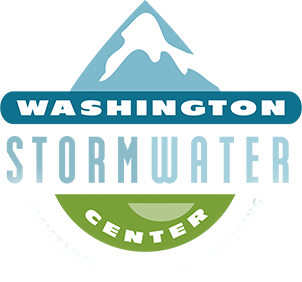
ISGP Assistance
Runoff from industrial activities can carry many types of pollutants depending on the business you are in. Managing metals, sediment, nutrients, oil and grease and other toxic materials that can cause harm to aquatic life and water supplies can be a challenge. Implementing operational, structural, and treatment Best Management Practices (BMPs) for your business can help you comply with the permit requirements while you continue to operate your business.
For assistance or more information about the Industrial Stormwater Program please contact:
Brandon Boyd
Industrial Permit Coordinator
Below are the major components to meeting the requirements of the Industrial Stormwater General Permit (ISGP). The information is broken into categories for easy reference. However, this does not take the place of reading your permit and associated resources which can be found on the WA Dept. of Ecology website.
Industry resources and references are provided, however, the list is not exhaustive, and you may want to contact an ISGP Permit Manager at Ecology for more information.
Noteworthy News
ISGP Updates
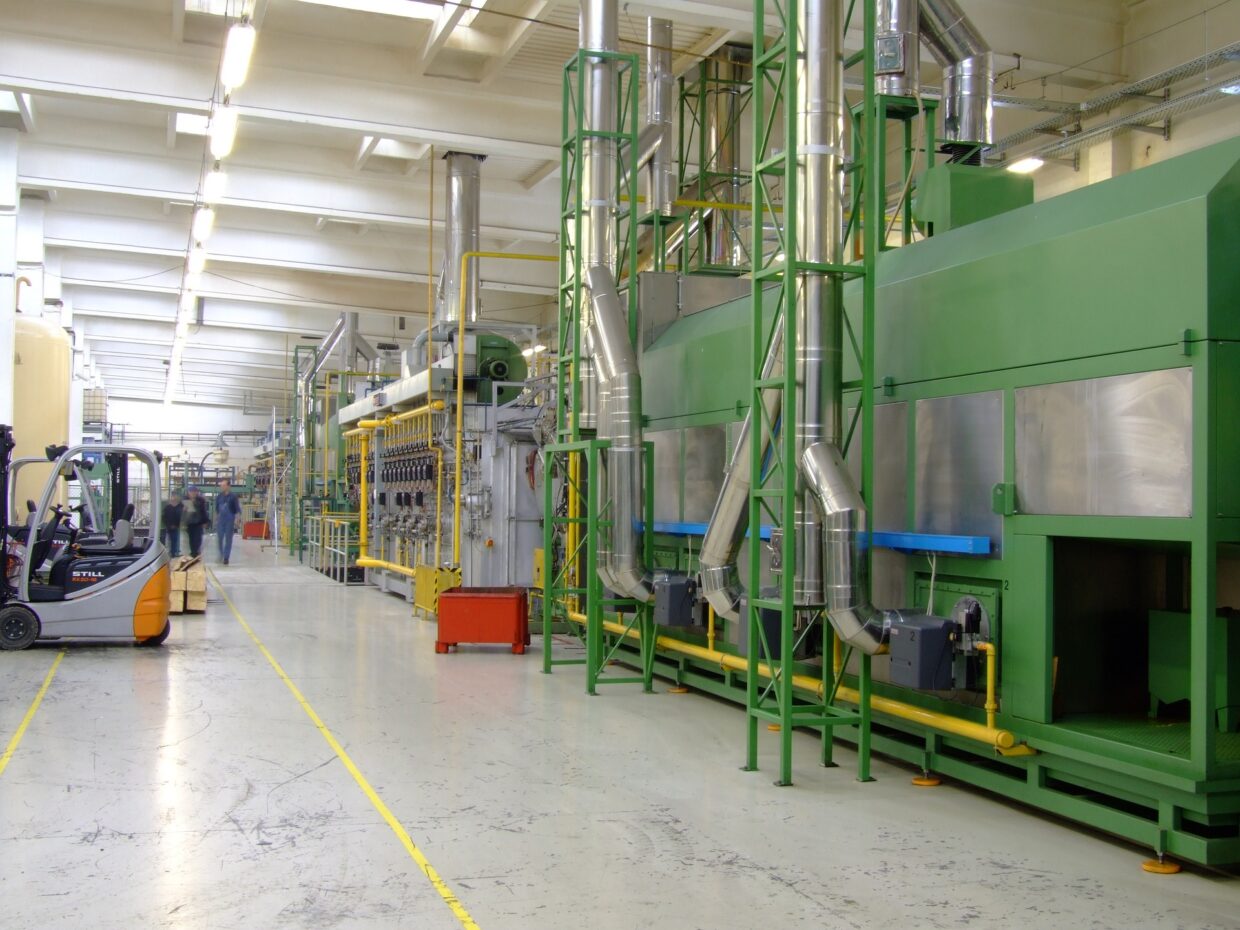
Do I Need an ISGP?
Every industrial facility’s stormwater situation is unique, and determining whether you need coverage under the Industrial Stormwater General Permit (ISGP) can be straightforward in some cases but confusing in others.
Elements of the Permit
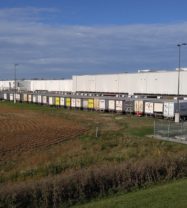
There are several things that need to be considered prior to and during your application for a permit. You will need to conduct quite a lot of research prior to completing the Notice of Intent (NOI) and the Stormwater Pollution Prevention Plan (SWPPP) for your site.

After assessing your site, you need to begin the application process in the form of an electronic Notice of Intent (eNOI).

Your Stormwater Pollution Prevention Plan (SWPPP) describes what you are doing, how you will do it, and what BMPs you are going to implement to maintain permit compliance at all your discharge points. Each permitted project must submit a Stormwater Pollution Prevention Plan (SWPPP); outlined in Section S3 of the ISGP.
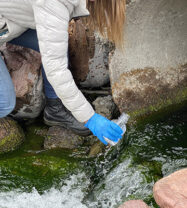
After you attain coverage under the ISGP, it is required that your site is actively monitored to ensure the SWPPP is being followed and compliance with the permit is being achieved.
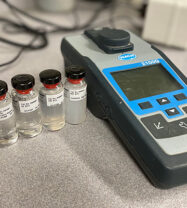
Identifying what sample parameters your site is required to monitor, finding a laboratory that can analyze your samples, and using proper sampling techniques are all critical elements of an effective stormwater management program at a facility.
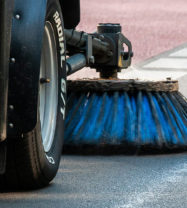
The ISGP has identified those BMPs that are required on all sites as a minimum but also provides lists and guidance for all other BMPs categorically so that you can select and apply them as needed in response to monitoring that identifies exceedance of permit benchmarks.

Facilities whose quarterly sampling results exceed benchmarks are required to go through the corrective action process. Corrective actions are strategies that facilities must implement to reduce pollutants in their stormwater discharge and bring their samples below the benchmark values.

Every permitted industrial site has a significant amount of paperwork to manage. Some of the paperwork is completed and remains on site as part of the internal record-keeping procedure.
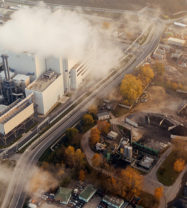
These factors can include site-specific issues, the use of best management practices, and the involvement of stakeholders. Understanding and addressing these additional considerations can help ensure successful compliance with the permit and protect Washington’s water resources.

The State Environmental Policy Act (SEPA) is a state law in Washington that requires state and local agencies to consider the potential environmental impacts of proposed projects before making decisions. This process is required for most sites requiring stormwater permit coverage.

